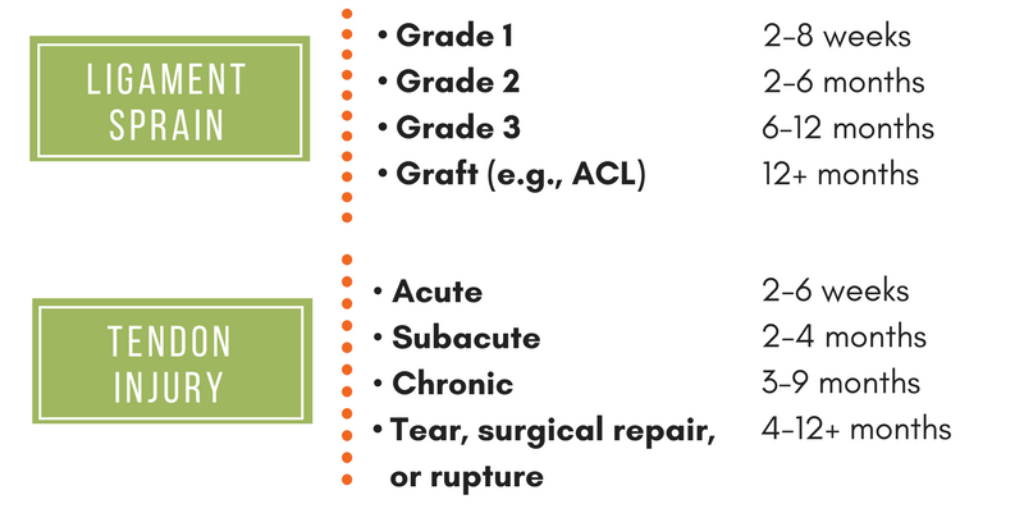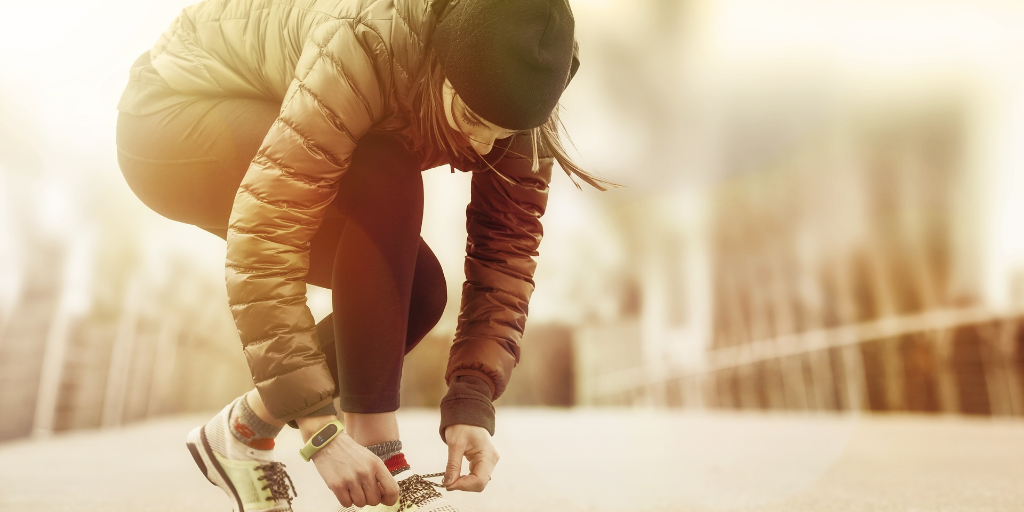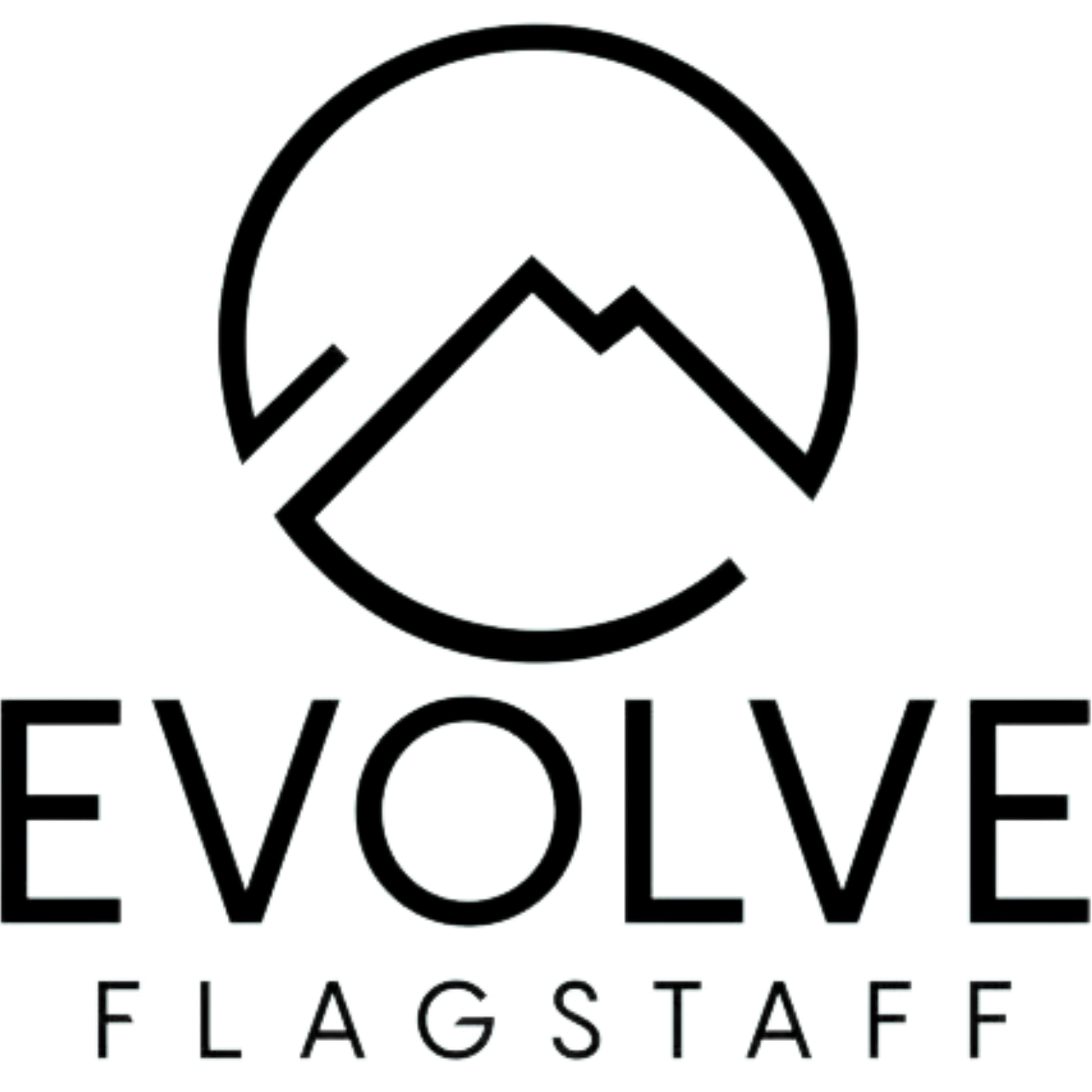
Superficial peroneal nerve injury in a professional runner: A case study on the importance of diagnosis
There’s a debate in the physical profession right now about whether or not a structural diagnosis of an injury matters. Here at EVOLVE, we think that in most cases, the structure matters, and matters a lot. Patients who have gone to physical therapy elsewhere are often surprised by our focus on diagnosis in the initial evaluation.
There’s a few main reasons why diagnosis is central to our process. With a proper diagnosis, we can:
- Give a more accurate prognosis based on rates of tissue healing.
- Provide targeted strategies to avoid aggravation of the injured structure
- Deliver more focused hands-on treatments to decrease symptoms and optimize the healing response
- Choose the most effective therapeutic exercises, so our patients have just a few key things to focus on, rather than a long list of scattershot exercises
- Get our patients back to doing what they love, quickly (this is perhaps most important!)

Tissue Healing Times, and What It Means For You
Injuries suck. It's not fun to be in pain, to modify your activities, or take time off from doing what you love. But, they're to some extent a part of life. Everyone tweaks something at some point, and people who are active have a higher risk of many minor injuries simply because they are active.
The main questions that most people have when they get injured are,
"How long with this take to go away? When can I go back to running/climbing/biking/skiing/paragliding/swimming/etc.?"
A key part of our injury rehabilitation approach is helping patients to understand their diagnosis and prognosis, and to work with them to get them back to their activity, without symptoms, as soon as possible.

How to warm up the shoulders
If you're not warming up, you're leaving performance on the table, and increasing your injury risk. Last week’s article explored why a warm up is an essential aspect of every workout, and outlined a warm up for running.
Similar to runners, athletes performing overhead or other shoulder movements should have a dialed warm up routine as well. This can help cranky shoulders feel and perform better, and reduce the risk of overuse injuries related to poor shoulder mechanics, or deficits in rotator cuff or scapular muscle activation.

How (and why) to warm up for running
We recently shared two programs to help new or injured runners progress their volume to help reduce injury risk. In that article, we shared a general running warm up that we recommend for most people. We think warming up for running is so crucial that it deserves its own post. We see too many people skip a warm up altogether. Or, they use valuable warm up time ineffectively.
Why do we need to warm up at all? What should a good warm up accomplish? What's the best way to structure a warm up? How should you warm up for running? Let's dig in.

Hydration 101: Are you meeting your water needs?
You’ve probably heard the old adage, “Drink 8 glasses of water a day.” You may have heard that water is important to either overall health, or weight loss, or both.
But what’s the real story behind this conventional wisdom? Can we look to real physiology and science to guide our thinking and behavior on hydration?
You bet.

The Zero to 60 Program: How to start running or return after an injury
The magic of starting or returning to running without suffering pain or an injury is a slow, gradual buildup of running volume. Too often, runners, especially experienced runners who have taken time off for injuries, don’t allow enough time to build up volume. This can result in persistent nagging injuries, or new injuries.
While we can never prevent all injuries, it is possible to reduce injury risk with the right program design. We've created a 16-week program and an 8-week program that follow the most up-to date research recommendations on volume progression and training load. The goal of both programs is to gradually build volume, progressing to running 60 minutes continuously.
